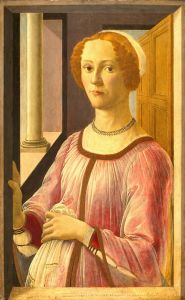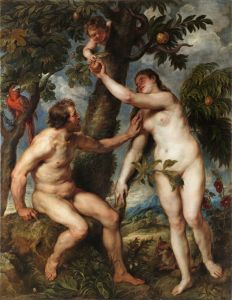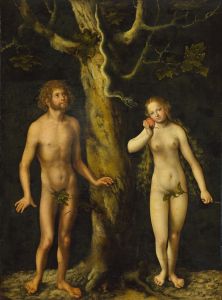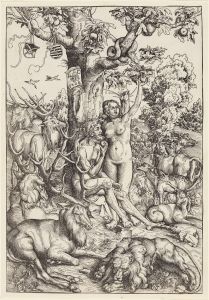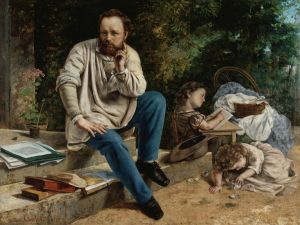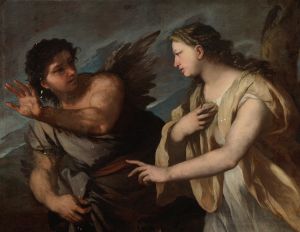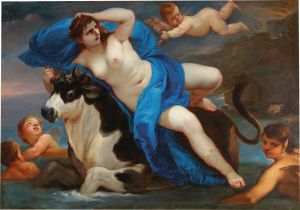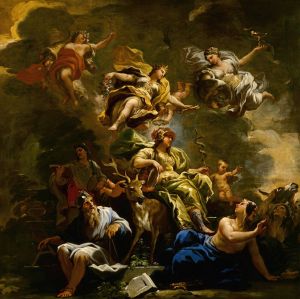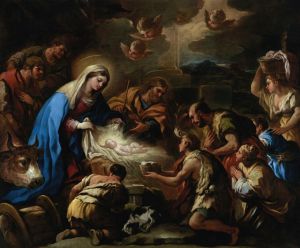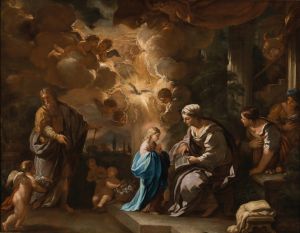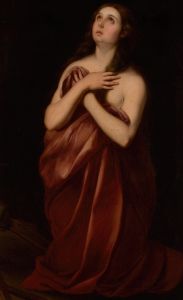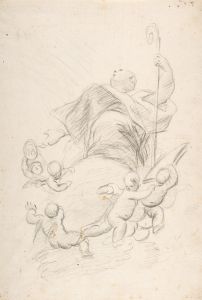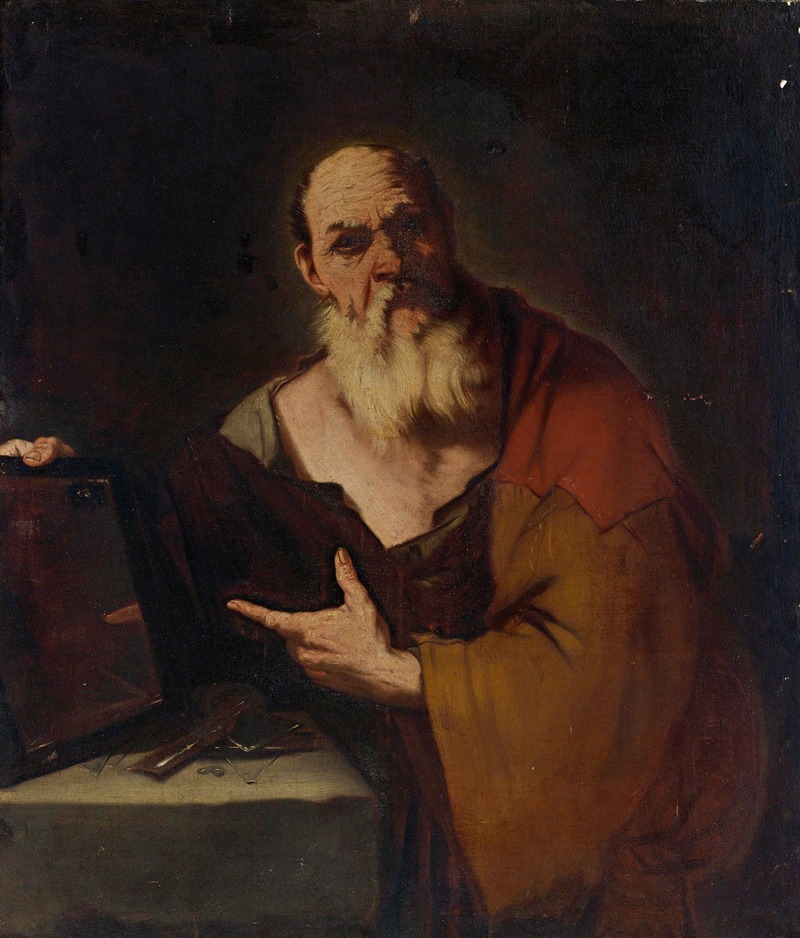
Socrates
A hand-painted replica of Luca Giordano’s masterpiece Socrates, meticulously crafted by professional artists to capture the true essence of the original. Each piece is created with museum-quality canvas and rare mineral pigments, carefully painted by experienced artists with delicate brushstrokes and rich, layered colors to perfectly recreate the texture of the original artwork. Unlike machine-printed reproductions, this hand-painted version brings the painting to life, infused with the artist’s emotions and skill in every stroke. Whether for personal collection or home decoration, it instantly elevates the artistic atmosphere of any space.
Luca Giordano, an Italian Baroque painter, created the artwork "Socrates" in the late 17th century. Giordano, born in Naples in 1634, was known for his prolific output and his ability to work quickly, earning him the nickname "Luca Fa Presto" (Luca the Quick). His works are characterized by their vibrant colors, dynamic compositions, and dramatic use of light and shadow, all hallmarks of the Baroque style.
"Socrates" by Luca Giordano is a depiction of the classical Greek philosopher Socrates, who lived from 470/469 to 399 BCE. Socrates is one of the most significant figures in Western philosophy, known for his contributions to ethics and epistemology and for his method of questioning that laid the groundwork for the Socratic method.
In this painting, Giordano captures Socrates in a moment of contemplation or discourse, reflecting the philosopher's dedication to seeking truth and wisdom. The composition likely includes elements typical of Giordano's style, such as expressive gestures, a strong sense of movement, and a dramatic interplay of light and shadow that highlights the central figure of Socrates. The philosopher is often depicted in a humble manner, consistent with historical accounts of his simple lifestyle and disdain for material wealth.
Giordano's portrayal of Socrates would have been influenced by the artist's exposure to the works of other great masters of the Baroque period, including Peter Paul Rubens and Jusepe de Ribera. Giordano's travels to Spain and his work for the Spanish court also exposed him to different artistic influences, which he skillfully integrated into his own style.
The painting "Socrates" is an example of Giordano's ability to convey complex philosophical ideas through visual art. By focusing on Socrates, Giordano not only pays homage to the philosopher's enduring legacy but also engages with the intellectual currents of his own time, when the rediscovery of classical antiquity was influencing contemporary thought and art.
Giordano's works, including "Socrates," are held in high regard for their technical mastery and their ability to convey deep emotional and intellectual content. His paintings can be found in major museums and collections around the world, including the Museo del Prado in Madrid and the National Gallery in London.
In summary, "Socrates" by Luca Giordano is a significant work that reflects the artist's Baroque style and his engagement with classical themes. Through his dynamic composition and dramatic use of light, Giordano brings to life the figure of Socrates, capturing the essence of the philosopher's quest for knowledge and truth.





